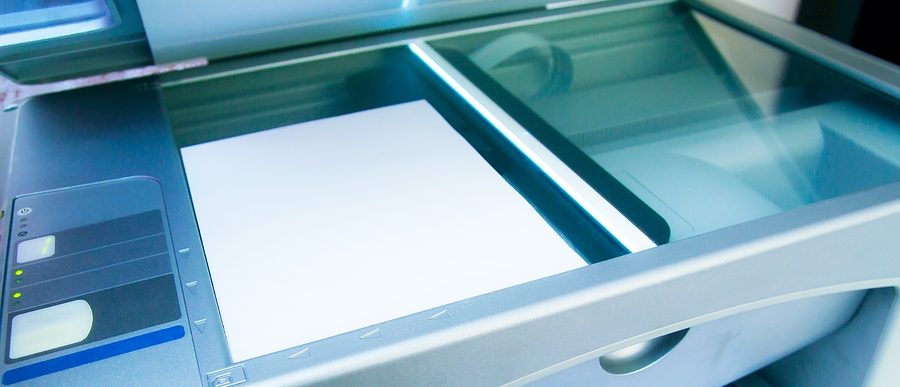The current healthcare landscape requires facilities to create and store more data than ever before. The enormous amount of patient health records, diagnostic imaging, and lab results involved in the average day can be overwhelming.
This data could collectively transform care delivery, but it’s also a challenge to manage effectively. One of the most pressing concerns is ensuring data fidelity — preserving the accuracy, consistency, and quality of data. Without considering data fidelity, the insights drawn from your information could be flawed and end up negatively impacting patient care and experience, as well as daily operations.
Understanding Data Fidelity
Data fidelity refers to the extent to which data remains accurate, consistent, and reliable throughout its lifecycle. Medical decisions depend on accurate, complete patient info. With data fidelity, healthcare professionals can trust the data they use to diagnose patients, prescribe treatments, and create care plans. Incomplete, outdated, or otherwise flawed data can have severe consequences — think misdiagnoses, incorrect treatments, and poor patient outcomes.
Healthcare data comes from so many places. You pull it from electronic health records, imaging systems, and lab results. When you bring all these sources together, you can get a more holistic view of a patient’s health. Managing this data and making sure it’s reliable isn’t easy. Data collection, storage, and retrieval can all cause discrepancies, impacting data quality and makes it less useful for decision-making.
Quality vs. Quantity
The healthcare industry is at a crossroads, with more data being collected than ever before. At this moment, the question to consider is this — is more data always better? While large datasets may lend to deeper insights, the quality of the data is far more significant than the quantity when it comes to achieving data fidelity.
Quality
In healthcare, accurate data makes sure healthcare providers have everything they need to make the right decisions. Even a small error in a patient’s medical history can cause harm and potentially lead to incorrect treatment or medication administration. Complete data helps ensure that no vital information is missing and allows it to be available when it’s needed. This is crucial in emergencies where delays can be fatal.
Consider these tips to help you ensure the quality of your data:
- Regular audits: Schedule routine data audits to identify and correct inaccuracies or incomplete data. Use software tools to flag potential issues automatically.
- Staff training: Ensure staff know how to enter data correctly. They should understand the importance of accuracy and privacy laws like HIPAA.
- Standardization: Implement standardized data entry formats across all departments to minimize variation and errors.
Quantity
The quality of your data matters, but the amount of data in healthcare is a big deal, too. Managing all this information is quite a challenge for healthcare facilities. Without the right systems, data gets jumbled and hard to access. Adding to the issue, physical storage space is limited, especially when dealing with big files like X-rays and detailed patient records. Handling big datasets requires solid solutions.
Here are a few solutions to implement if your facility handles large amounts of data:
- Document Management Systems (DMS): Implement a DMS or hire a document scanning service to organize, store, and retrieve large amounts of healthcare data efficiently. A DMS also helps with categorization and metadata tagging, making information more easily searchable.
- Cloud storage: Invest in cloud-based solutions to scale storage as needed and allow for secure remote access to data.
- Data compression and large-format scanning: Use compression techniques to reduce storage sizes for large files like X-rays or CT scans. For physical records, consider using large-format scanning services to digitize them and reduce physical storage requirements.
Steps to Achieving Data Fidelity
Achieving and maintaining data fidelity requires a multifaceted approach. Facilities need to introduce proper storage systems, continuous staff training programs, and regular audits to ensure data remains accurate, consistent, and reliable. Let’s take a look at some actionable steps you can take to improve how you maintain and store data in your facility.
Proper Data Storage
Data storage is one of the most critical components of maintaining data fidelity. Inconsistent or poor storage practices can lead to data corruption or loss. Healthcare facilities should consider a mix of digital and physical storage options, depending on the type of data you have. Small documents like patient charts can be digitized, allowing for easy access from anywhere. For documents like blueprints and X-rays, you can use large-format scanning services. These can make it easier to manage and store your paperwork.
- Digitize physical records: Use scanning services to convert paper documents into digital versions to improve accessibility and reduce the amount of physical storage needed.
- Leverage cloud storage: Use secure, scalable cloud solutions to store your electronic health records and diagnostic images.
Staff Training and Education
Proper data management starts with the staff who input and handle data daily. Training employees on data entry protocols, the importance of data accuracy, and how to store and dispose of sensitive data is essential to maintaining data fidelity. Staff should also be educated about data privacy laws and best practices for protecting patient information.
- Train on data entry protocols: Provide staff with clear guidelines for inputting data and emphasize the importance of accuracy and completeness.
- Conduct privacy training: Train your staff to understand the legal implications of mishandling patient data and stay well-versed in relevant regulations like HIPAA.
Regular Data Audits
Regular check-ins are essential for keeping data accurate. They help spot mistakes, incomplete records, or differences that might have slipped through the cracks. Audits help healthcare facilities fix issues before they worsen and keep data reliable for decision-making.
- Schedule audits: Conduct routine data audits to identify inconsistencies, errors, and incomplete records. Use automated tools to flag potential issues.
- Establish audit teams: Create a dedicated team responsible for auditing and correcting data, ensuring that errors are addressed quickly.
The Role of Technology in Maintaining Data Fidelity
Technology is a powerful tool in maintaining data fidelity. Automation tools can validate data entry in real-time, ensuring accuracy as users input information. Implement automation in data entry processes to reduce human errors and increase efficiency. Data validation software can also flag potential errors and inconsistencies, allowing for corrections before they impact care. Leverage data validation software to identify discrepancies in real-time to help ensure consistency and accuracy in all records.
Record Nations’ Role in Your Data FidelityRecord Nations works with healthcare businesses of all kinds to help protect, store, and maintain data fidelity. Our network of nationwide providers can help create the ideal data storage system so you can get back to focusing on your patients. Give us a call at (866) 385-3706 or fill out our form to connect with a provider near you now.












